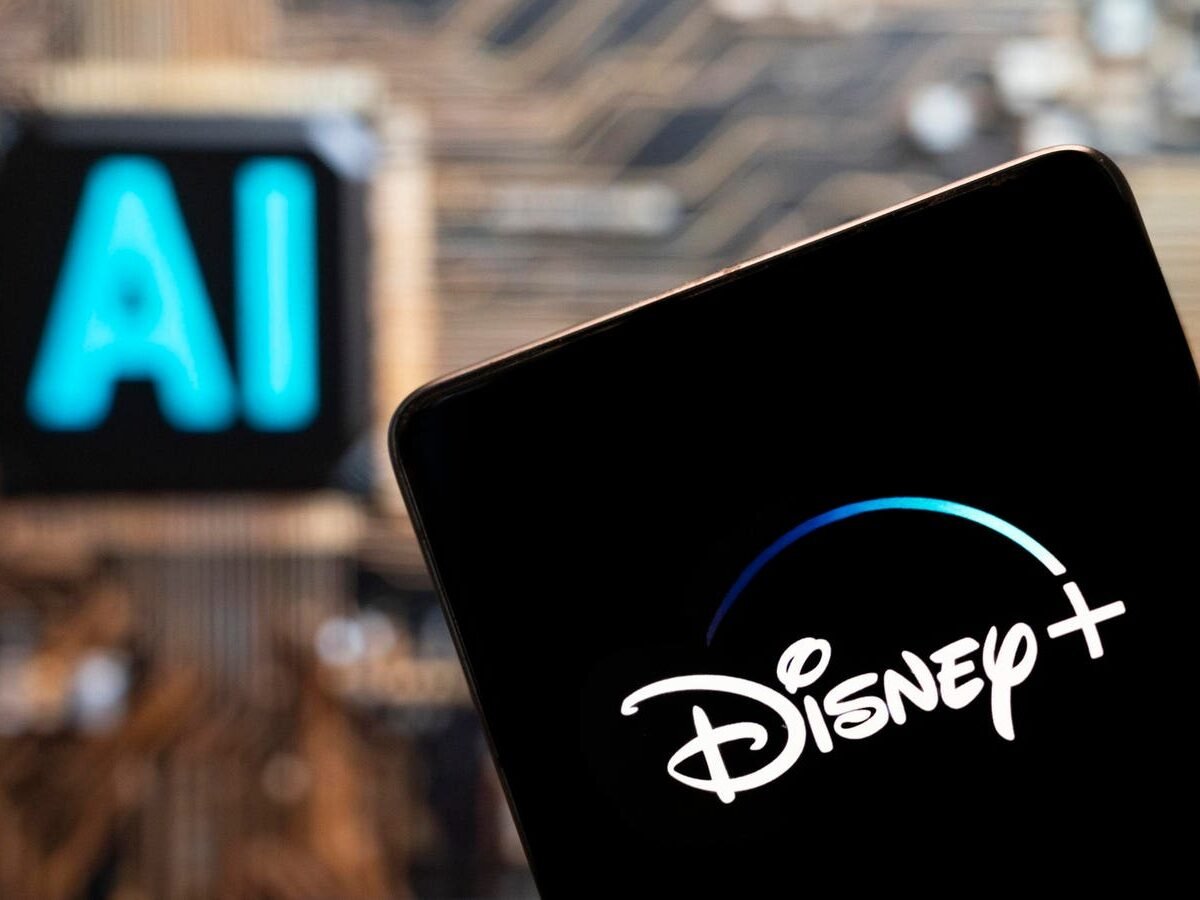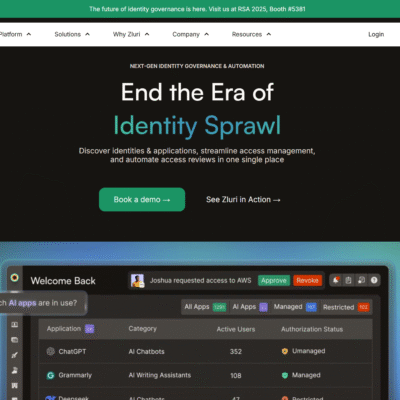Disney+: A New Era of AI-Generated Content
As corporate giants rapidly innovate and adapt to the technological landscape, few discussions garner as much attention as the role of artificial intelligence in creative industries. Disney, an iconic brand synonymous with storytelling and animation, now stands at the forefront of this contentious debate. In a recent earnings call, CEO Bob Iger revealed plans to integrate AI-generated content into Disney+, sending shockwaves through the creative community.
What Bob Iger Said About AI
During the earnings call, Iger expressed excitement about the future of Disney+, specifically regarding enhanced interactivity through user-generated AI content. “The other thing that we’re really excited about…is to provide users of Disney+ with a much more engaged experience,” he stated. This venture aims to allow subscribers not just to consume content but to create it as well, predominantly in short-form formats.
Iger also announced plans for gaming experiences, thanks to a partnership with Epic Games, which may include crossover content featuring beloved franchises like The Simpsons and Star Wars. However, the prospect of AI involvement sparked immediate concern about the implications for creativity and artistry.
Artist Reactions: A Distressing Prospect
The backlash from artists, animators, and Disney fans was immediate and intense. Many industry professionals saw this move as a troubling embrace of automation and a threat to traditional artistic methods. The issue at hand extends beyond just the incorporation of AI; it threatens to dilute the quality and emotional depth associated with decades of hand-drawn animation. A popular sentiment among critics is that the advent of generative AI could lead to an influx of low-quality, derivative content.
The fear of job losses was prevalent in online discussions, with many commentators branding Disney’s decision as a “disgrace to the entire animation industry.” Calls for a boycott of Disney+ subscriptions circulated social media platforms like X (formerly Twitter), echoing a sense of betrayal felt by long-time fans of the studio’s rich artistic heritage.
The Broader Conversation on AI in Creative Industries
Disney isn’t alone in facing criticism for its approach to AI. Other major animation studios, including Illumination and DreamWorks, have openly denounced the use of generative AI in their creative processes. This collective resistance highlights a growing concern among artists about the devaluation of their work in favor of cheaper, AI-generated alternatives.
The artistic community’s wariness ties into broader fears about the impact of AI on creative standards. Numerous detractors argue that while AI can produce content quickly, it often lacks the emotional resonance and nuanced storytelling that characterize human-made art. Dana Terrace, the creator behind Disney’s The Owl House, was particularly vocal, even encouraging her followers to unsubscribe from Disney+ and refer to an anti-AI art meme, which suggests developing personal artistic skills rather than relying on automated tools.
Impacts on the Streaming Landscape
The conversation about incorporating AI into Disney+ raises significant questions about the future of content consumption. Those against the move hasten to point out that the influx of generative AI content is likely to stir dissatisfaction among subscribers already overwhelmed by AI-generated media in other contexts, such as social media. As Disney considers this new chapter, many are left wondering whether this decision could lead to a decline in subscriber loyalty and engagement.
In many ways, Disney+ serves as a microcosm of the larger societal debate over artificial intelligence: the potential for innovation versus the risks of dehumanization and commodification of art. The juxtaposition of beloved characters like Mickey Mouse against the backdrop of algorithms may soon become a symbol of this tumultuous transition.
Conclusion: A Fork in the Road
As Disney navigates this new frontier, the implications of AI’s infiltration into one of the most beloved libraries of animation are profound. The emotional stakes involved for artists, animators, and fans are deeply entwined with the legacy of a brand that helped pioneer the art of animation. How Disney manages this tension may shape not only its own future but also the broader trajectory of creative industries in the age of AI.





